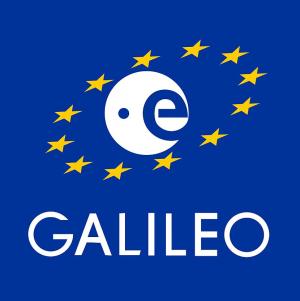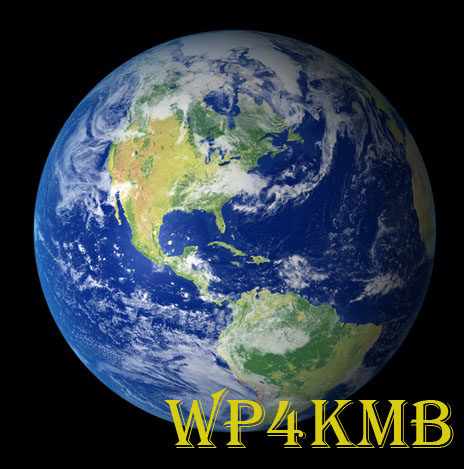23cm band: Amateur radio coexistence with Sat-Nav
23cm band: Amateur radio coexistence with Sat-Nav
 The Chair of IARU Region 1 Spectrum Affairs, Barry Lewis G4SJH, reports on the meeting of the ITU-R Working Party 4C (WP4C) July 5-13 which discussed the amateur radio 1240 MHz band.
The Chair of IARU Region 1 Spectrum Affairs, Barry Lewis G4SJH, reports on the meeting of the ITU-R Working Party 4C (WP4C) July 5-13 which discussed the amateur radio 1240 MHz band.
On the IARU-R1 site he writes:
During the period 5 – 13 July 2021, the preparatory work for WRC-23 agenda item 9.1b continued in ITU‑R Working Party 4C (WP4C). (See Region 1 Feb 23rd news item for further background). The IARU member representatives from Australia, Brazil, Canada, Germany, Japan, Norway, UK and USA, participated in the meeting and delivered additional information on amateur activities in this key microwave band
Preliminary studies came from France based on the ongoing CEPT work to provide initial estimates of separation distances required between RNSS GALILEO receivers and a sample of amateur emissions. The European Commission GALILEO team provided a set of observations pertaining to a RNSS interference event in northern Italy.
The work contributed by France, although needing refinement, is going in a good direction, using ITU‑R recommended propagation models and assumptions based on operating scenarios provided by the amateur community. Further work is needed to take account of the large disparity between the RNSS service receiver bandwidths and the frequency band offsets of the amateur applications based on the measurements carried out by Germany.
The RNSS community have updated their RNSS receiver protection criteria with an update to ITU‑R Recommendation M.1902 that now includes parameters relevant to the GALILEO E6 signal block. However these criteria only distinguish between a narrow band and wide band interferer level at the receiver and take no account of offset frequency in the receiver bandwidth or any time variance.
The IARU is working to ensure the amateur services are realistically represented in the studies as they move forward. It remains vital that national amateur communities present their views on the importance of this band to their national regulators in a consolidated and consistent manner. The work will continue throughout the year and beyond both in ITU‑R and in the regional telecommunications organisations and the IARU is committed to ensure every group hears the amateur position on this important microwave band.
Read Barry’s full post at
https://www.iaru-r1.org/2021/23cm-band-and-sat-nav-coexistence-preliminary-studies-considered-in-itu-r-wp4c/
Read the IARU Summary Meeting Report at
https://www.iaru-r1.org/wp-content/uploads/2021/07/Report-from-WP4C_Jul-2021Rev1.pdf
m5aka
AMSAT-UK
Powered by WPeMatico




